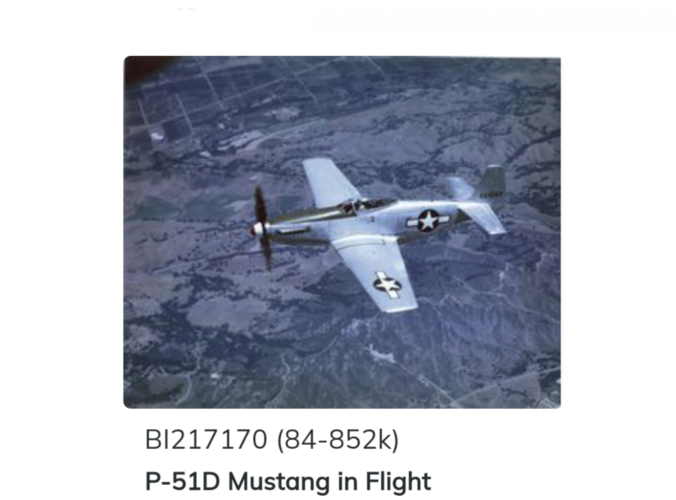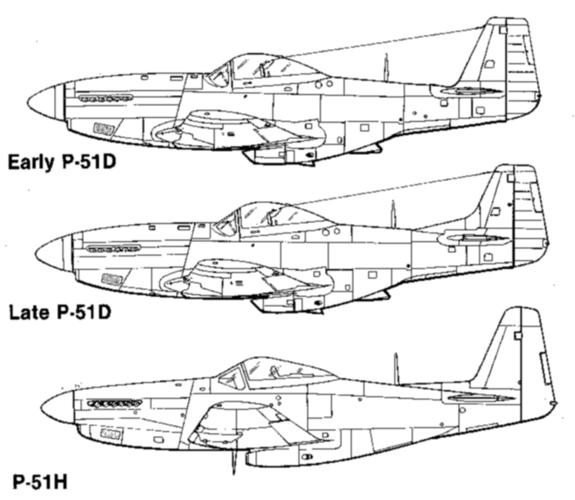Scott Kenny
ACCESS: Above Top Secret
- Joined
- 15 May 2023
- Messages
- 6,583
- Reaction score
- 5,563
J32s? Those make less thrust than the radiator duct of a P-51D...The Army was well aware that the I-1430 wasn't going to be continuing. That program had been cancelled while the XP-67 prototype was still being built. Mr Mac had gone around the various offices with concepts for production engines, and a contemporary memo by the Army's XP-67 project officer, John Aldridge, talks about them: "...in view of the feeling that come what may, there is no chance of further engines of this [I-1430] type being built, an engine change in the second [XP-67 prototype] airplane is the most advisable move to make. McDonnell proposes to make this change to either an Allison two-stage engine or the Rolls-Royce 14SM engine. Along with installation of one of those alternate types of engines, McDonnell proposes to install J-32 Westernhouse (sic) Jet Unit in the space now occupied by the turbo in each engine nacelle... This proposal was presented to General Carroll who directed that the matter be held in abeyance pending clarification of the engine allocation picture. Mr. McDonnell wanted to have the program approved at once as he feels that he has man-power available to start work immediately, and should it be decided to put the airplane in production, large savings in time would be accomplished by taking action now..." There's a handwritten note at the bottom of the preserved copy of this memo: "Carroll proposes - (1) select best available engine for No. 2 airplane; (2) if the second a/c is a success, go into production."
Bugger.But Col Marshall S Roth (Engineering Division, Wright Field) painted a more realistic picture in a telephone conversation with Col R. C. Wilson (Chief of Development Engineering) on July 14, 1944. "McDonnell has been in here several times selling the idea of installing the Rolls-Royce engine with the I-70 in back... [his] conversation will lead you to believe that all there is to it is a couple of new engines and the I-70 in back but it is not that. It is a complete new airplane. The nacelles will have to be changed, and an extra wing panel added, raise the pilot's cockpit, added span, need a new tail, etc. The peculiar shape of that airplane requires everything to be faired in from one thing to another which when put all together means a complete new airplane."
As much as I might wish otherwise, Roth was absolutely right about this. McDonnell's own surviving 3-views of the mixed-propulsion aircraft show very clearly that it would have shared the general shape of the XP-67 but the new nacelles were designed to fit tightly around the I-1430 (whose frontal area was 27% smaller than the V-1710 version contemplated for substitution, according to XP-67's Case History report) would be taller, meaning that the cockpit would have to be raised higher in order to even preserve the already poor vision to the side. That would mean new forward and after fuselage as well, to preserve the shape contouring philosophy that was the basis of the whole concept. So it would be pointless to give MAC either of the alternate engines since neither would fit inside the XP-67's airframe, and there was no time or money (or honestly patience) to have MAC do detail design and wind tunnel testing for what was being shown around in cartoon form as P-67C (fighter) and P-67E (recce).
But now I know how to model it for gaming. Go find a 1/285 scale model when everything else is 1/300.













